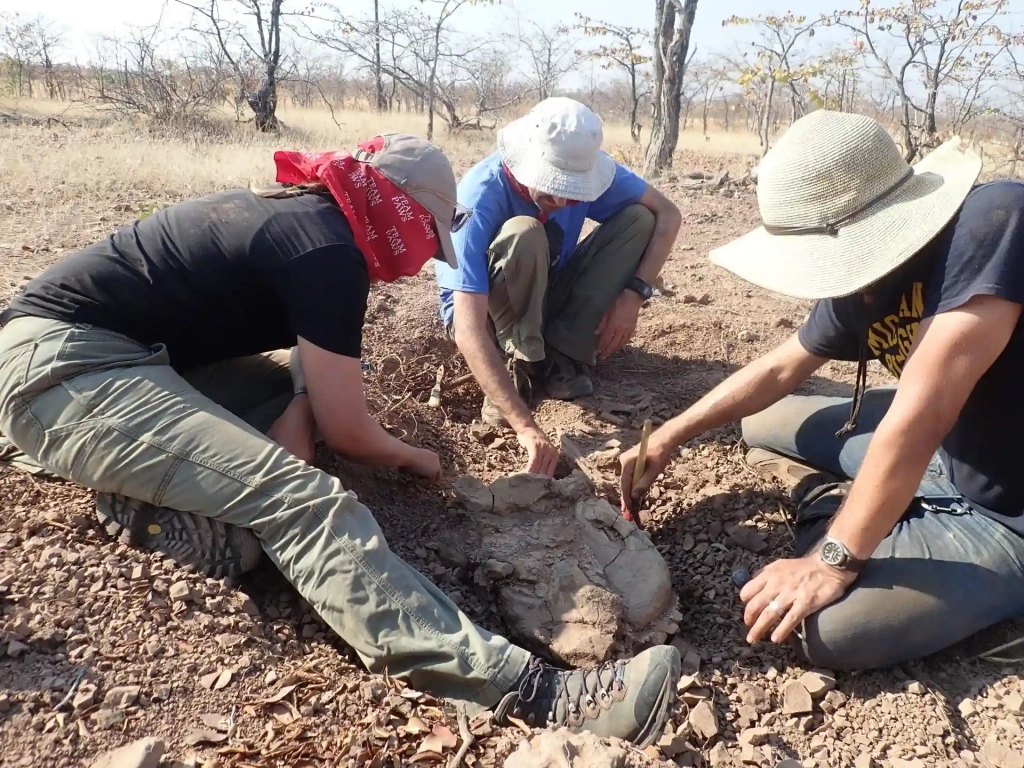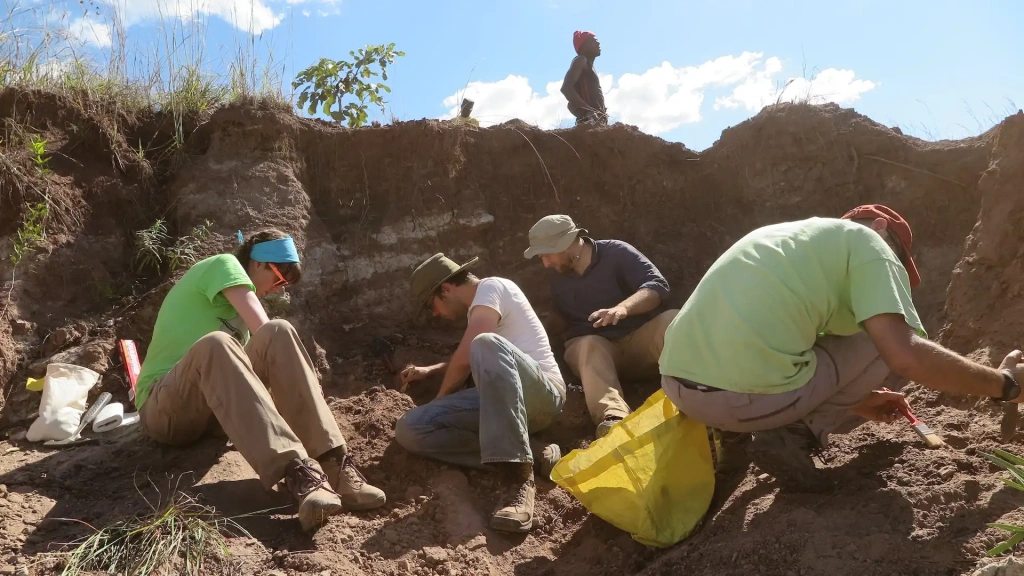Fossilized remains of animals that lived on the single supercontinent Pangaea just before the largest mass extinction in Earth’s history have been found in Tanzania and Zambia. Excavations and research were carried out for more than 15 years by an international team of scientists led by specialists from the University of Washington and the Field Museum of Natural History.
The finds date to the late Permian period, which began 299 million years ago, lasted for 47 million years, and ended with the so-called “Great Dying” — the extinction of 70% of land animals and 80% of marine species.
“This mass extinction was nothing short of a cataclysm for life on Earth, and changed the course of evolution…But we lack a comprehensive view of which species survived, which didn’t, and why,” noted Christian Sidor, professor of biology at the University of Washington.
Previously, the best place for studying the Permian period was considered to be the Karoo Basin in South Africa, which contains an almost complete fossil record from before and after the mass extinction. Now the geography has expanded.
Over the last 17 years, extensive excavations have been conducted in three basins: Ruhuhu in Tanzania, and Luangwa and Mid-Zambezi in Zambia. Among the finds are remains of saber-toothed predators, burrowing herbivores, and a large creature resembling a salamander. All have been described in detail in a recently published series of articles on the Journal of Vertebrate Paleontology website.
According to the professor, the number of fossils is so large and their preservation so good that scientists will be able to conduct research at the species level rather than only by general groups, giving a much more detailed picture of that period.
It is worth noting that these are far from the first and only field studies in Tanzania. Since 1906, a vast number of dinosaur bones have been found here. One site stands out in particular — Tendaguru in the southeast, located 60 kilometers (37 miles) from the Indian Ocean. In the early 20th century, scientists collected 250 tonnes of fossilized remains there in just a few years. Altezza Travel covered this in detail in the article “Dinosaurs of Tanzania.”
Tanzania is also often called the “Cradle of Humankind,” although this title is officially held by the caves in Gauteng Province, South Africa. In the first half of the 20th century, remains of ancient human ancestors were found there, dating from 4.5 million to 2.5 million years ago. Similar discoveries were made in Tanzania, specifically in Olduvai Gorge within the Ngorongoro Conservation Area. In 1960, anthropologists uncovered the remains of a previously unknown hominid, later identified as Homo habilis — “handy man,” the first member of the genus Homo.
All content on Altezza Travel is created with expert insights and thorough research, in line with our Editorial Policy.
Want to know more about Tanzania adventures?
Get in touch with our team! We've explored all the top destinations across Tanzania. Our Kilimanjaro-based adventure consultants are ready to share tips and help you plan your unforgettable journey.

















